 The Critically Endangered Whenua Hou Diving Petrel Pelecanoides whenuahouensis. The image shows the upper wing with distinctive white scapula and grey-white crescent on side of head. Held by researcher Johannes Fischer on Sealer's Bay beach, Codfish Island / Whenua Hou, New Zealand
The Critically Endangered Whenua Hou Diving Petrel Pelecanoides whenuahouensis. The image shows the upper wing with distinctive white scapula and grey-white crescent on side of head. Held by researcher Johannes Fischer on Sealer's Bay beach, Codfish Island / Whenua Hou, New Zealand
Johannes H. Fischer (Aquatic Unit, Department of Conservation, Whanganui-a-Tara, Aotearoa New Zealand) and colleagues have published in the Journal of Applied Ecology on the application of decision analyses to the complexities of seabird conservation management.
The paper’s abstract follows:
- “Conservation management decisions are challenging due to multiple, competing values (objectives) held by various parties, complex management options (alternatives), potential irreversible consequences, ubiquitous uncertainty and opaque governance structures. These complications are exacerbated when target species are highly mobile, utilise aquatic and terrestrial ecosystems and interact with human interests. Even when decisions are made, these challenges may still inhibit management implementation. Decision analyses offer solutions, but are rarely applied in conservation management, especially for highly mobile species across ecosystems.
- We applied a formal decision analysis for the conservation management of a highly mobile seabird (Kuaka; Whenua Hou Diving Petrel; Pelecanoides whenuahouensis) across ecosystems. Together with Māori (Indigenous Peoples of Aotearoa New Zealand), government staff and industry representatives, we identified seven fundamental objectives and 11 potential alternatives. We predicted consequences of alternatives across objectives using state-of-the-art statistical models, including integrated population models, and expert elicitations hosted through Shiny apps. We then used various decision-analytical tools to weigh trade-offs and identify the preferred alternative.
- The preferred alternative across objectives consisted of a combination of mitigation of vessel-based light pollution, plant and competition management and inter-island translocations. This alternative was predicted to provide the most effective conservation outcomes across values and ecosystems and was rapidly implemented in a stepwise fashion following this decision analysis.
- Synthesis and application. We illustrate that decision analyses provide inclusive environments for all participants despite diverse backgrounds and views, enable rational navigation of complex decision landscapes and facilitate transparent identification of preferred management options across all fundamental values, including Māori value systems and industry concerns. Additionally, we show that decision analyses can rapidly bridge the spaces between research and implementation. Therefore, we argue that the application of decision analyses has great potential to improve the field of conservation.”
Reference:
Fischer, J. H., Parker, K. A., Kenup, C. F., Davis, T., Bull, S., Pera-Leask, E., Ryan, H., Witehira, M., Cole, R. A., Taylor, G. A., Debski, I., & Ewen, J. G. 2023. Decision analysis for seabird recovery: Navigating complexity across ecosystems, balancing competing values and bridging spaces between research and implementation. Journal of Applied Ecology, 60. https://doi.org/10.1111/1365-2664.14448
14 August 2023

 English
English  Français
Français  Español
Español 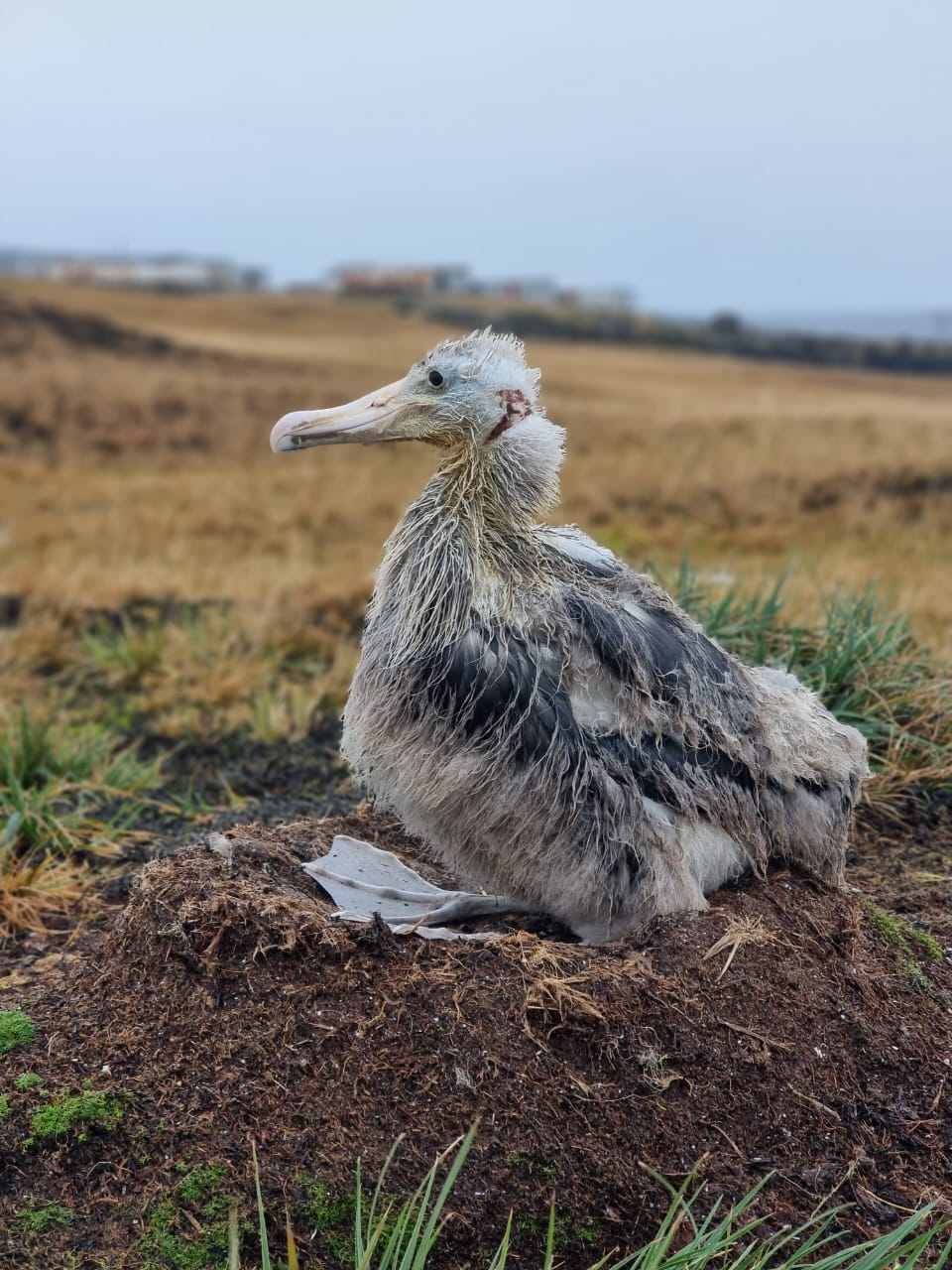 Scalped! This month's victim, photograph by Michelle Risi, 12 August 2023
Scalped! This month's victim, photograph by Michelle Risi, 12 August 2023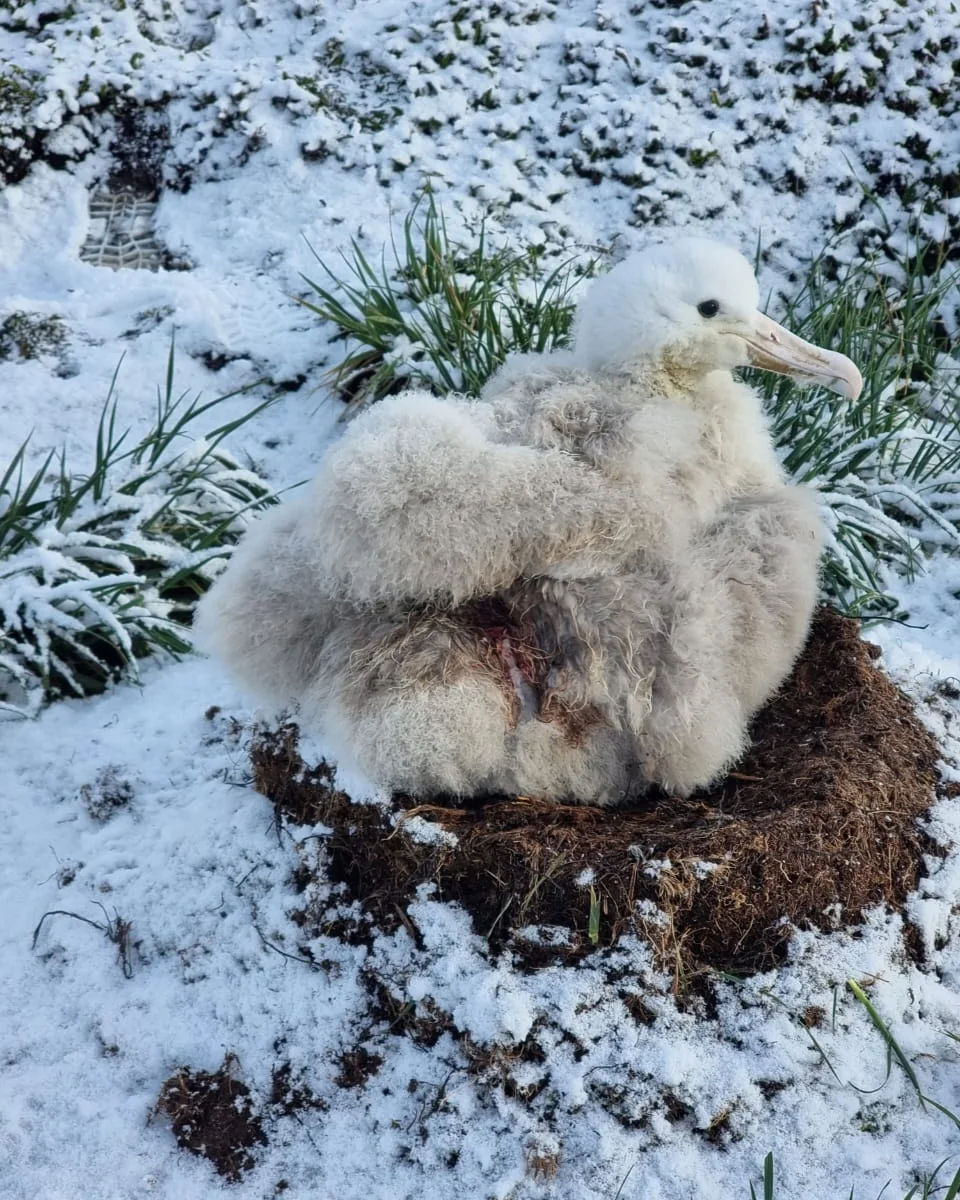
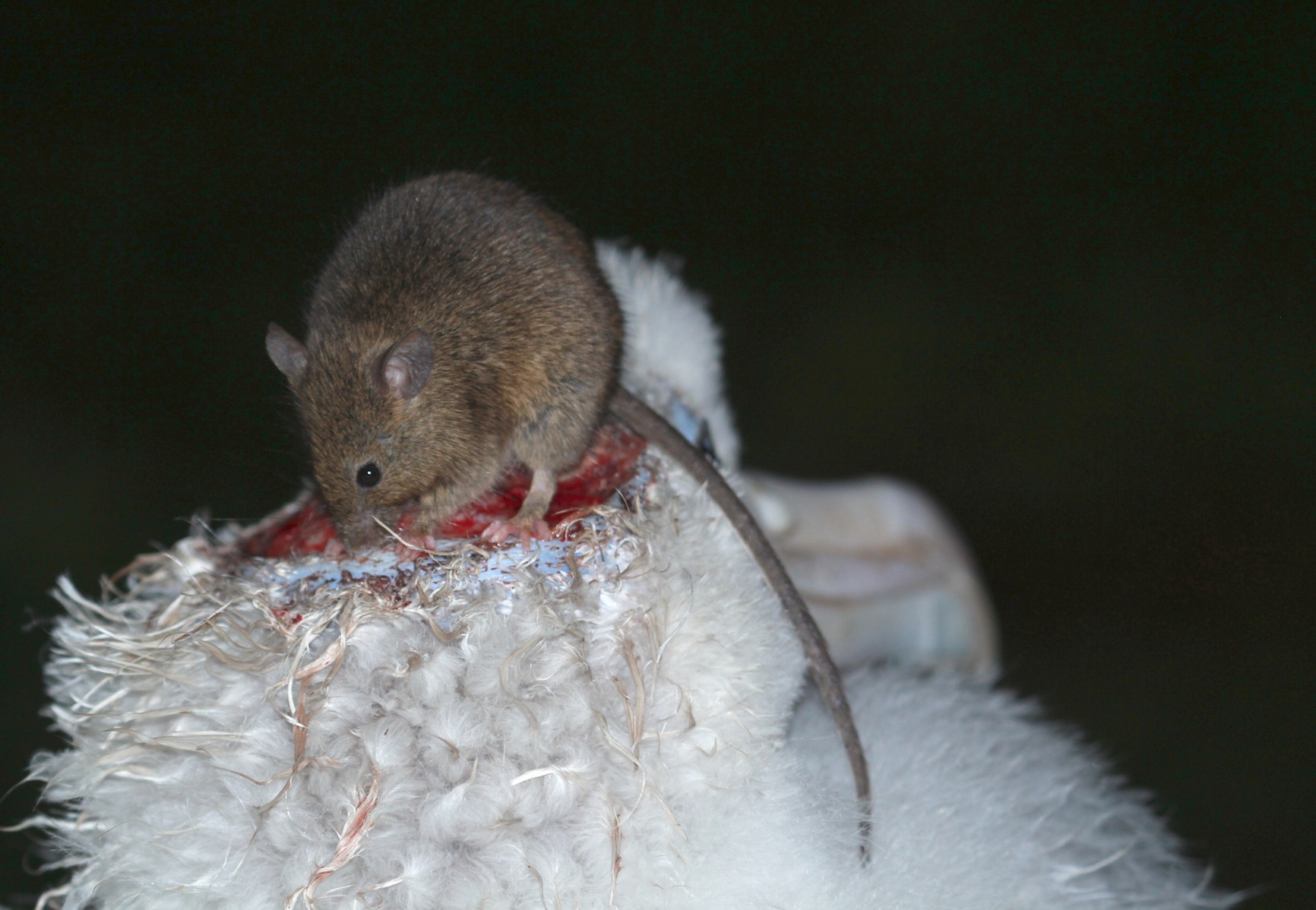
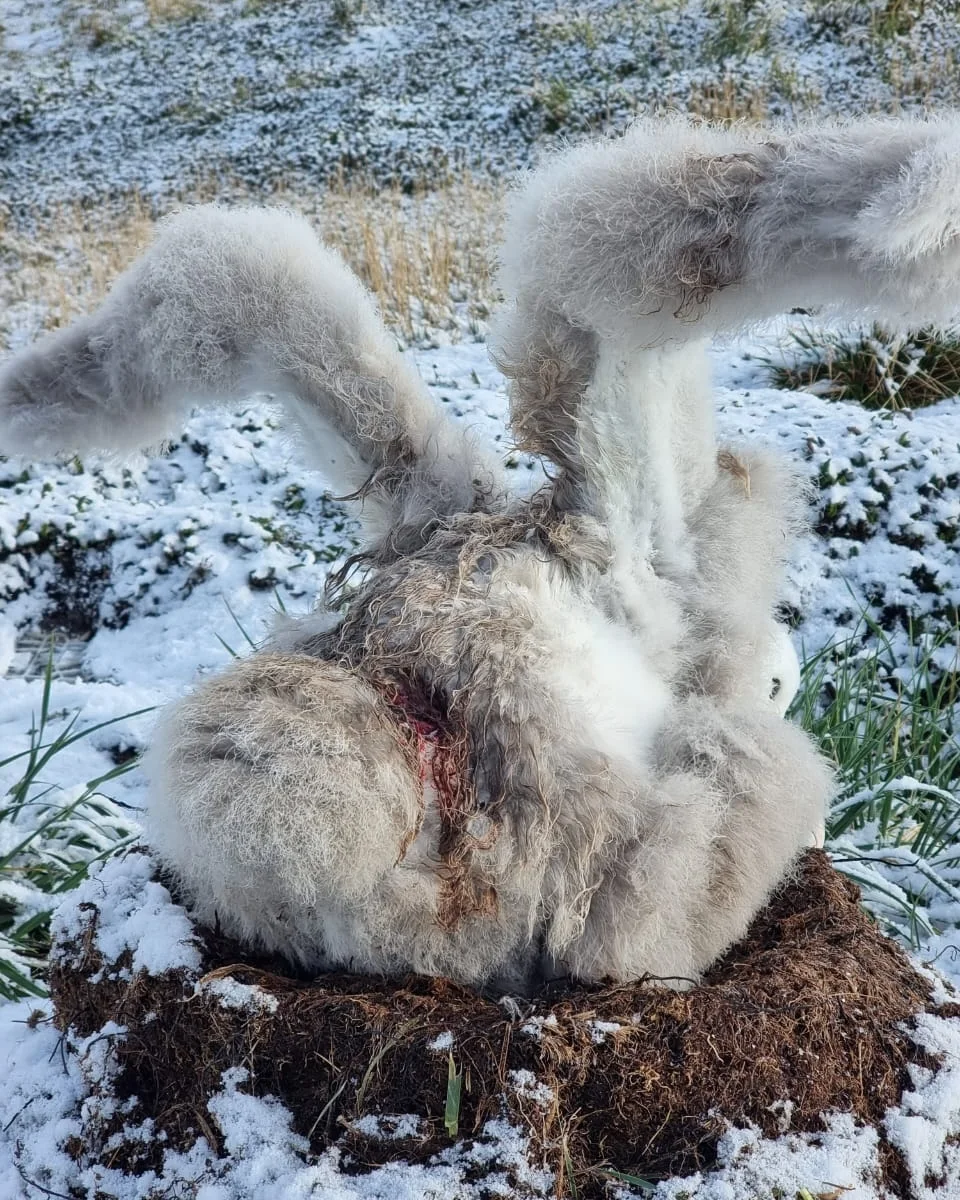
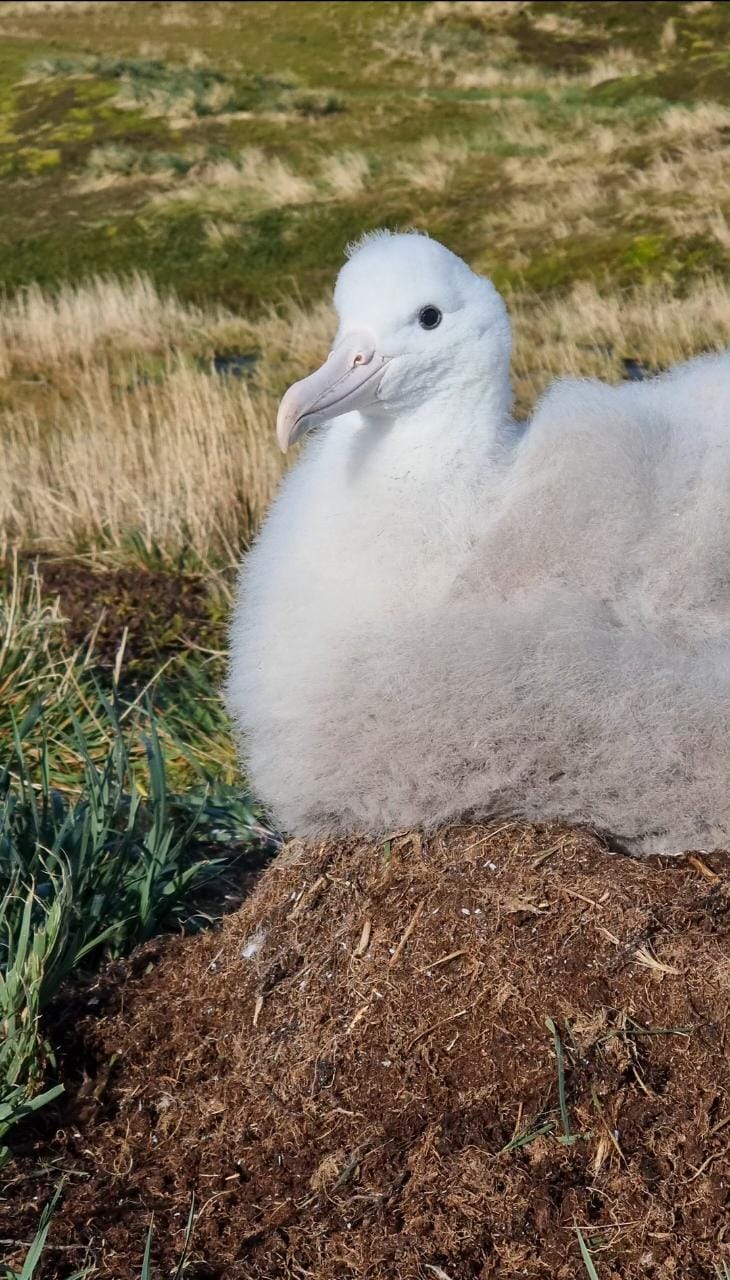
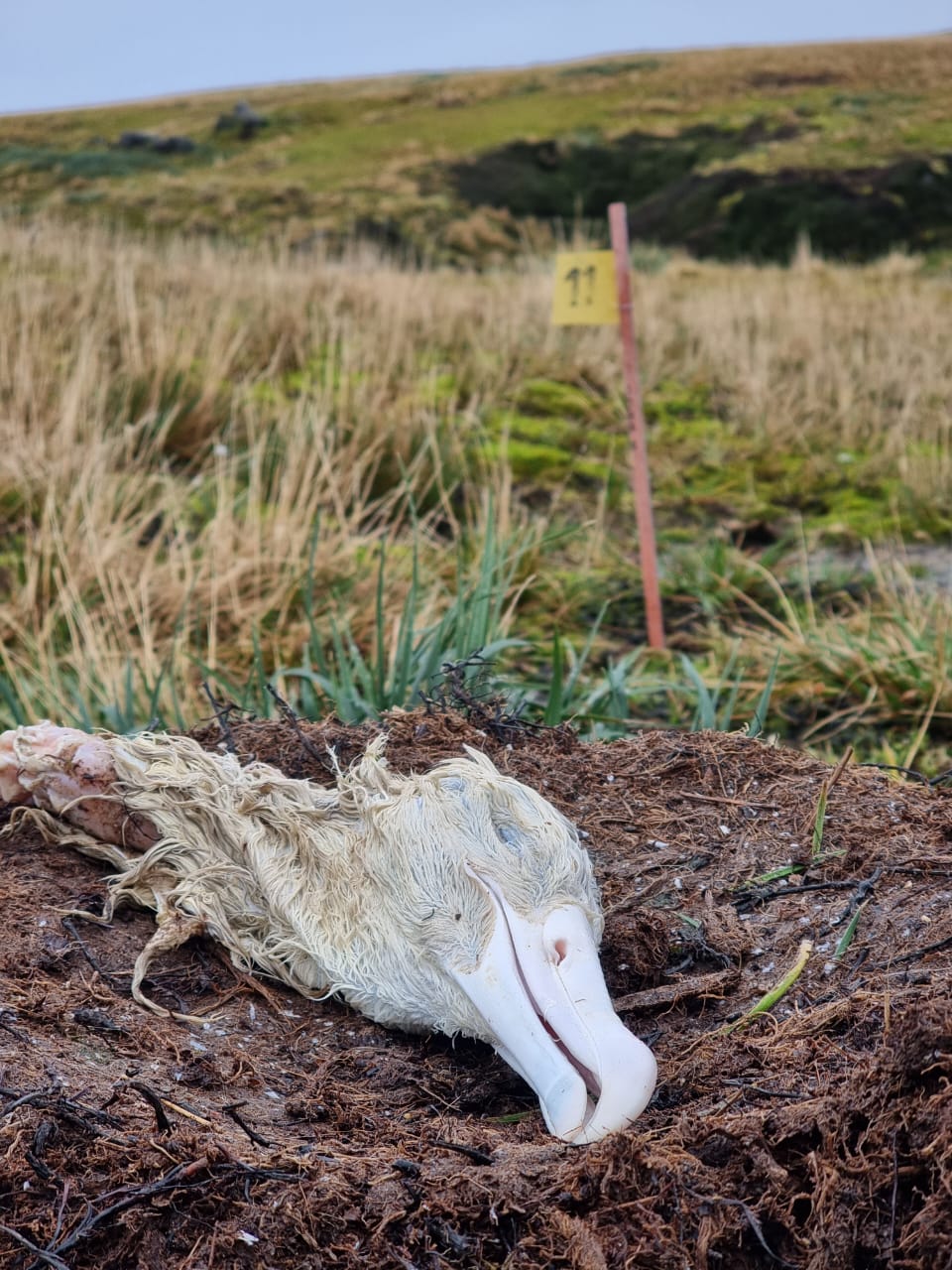
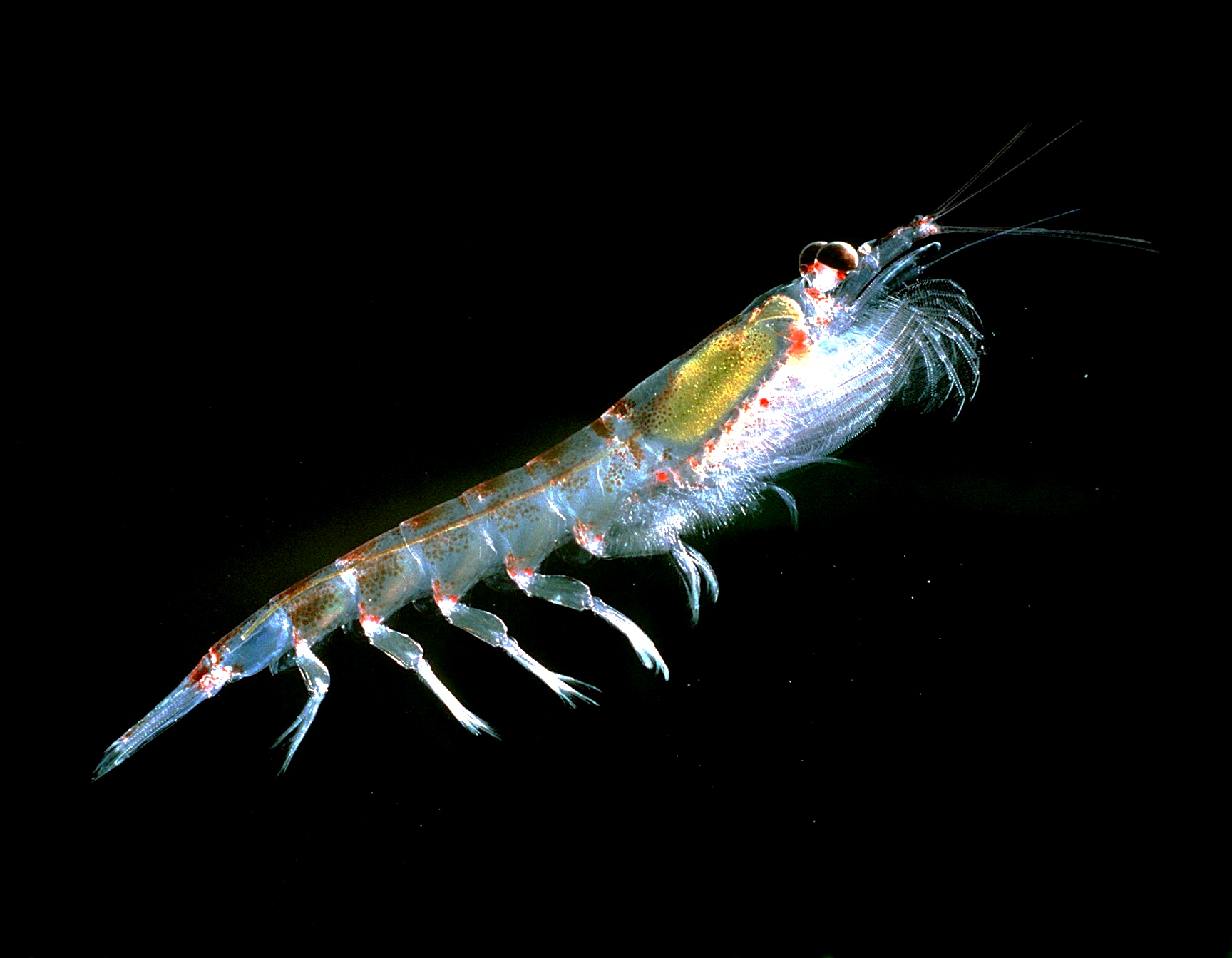 Antarctic Krill (
Antarctic Krill ( A White-chinned Petrel on a South Atlantic island, photograph by Andy Wood
A White-chinned Petrel on a South Atlantic island, photograph by Andy Wood
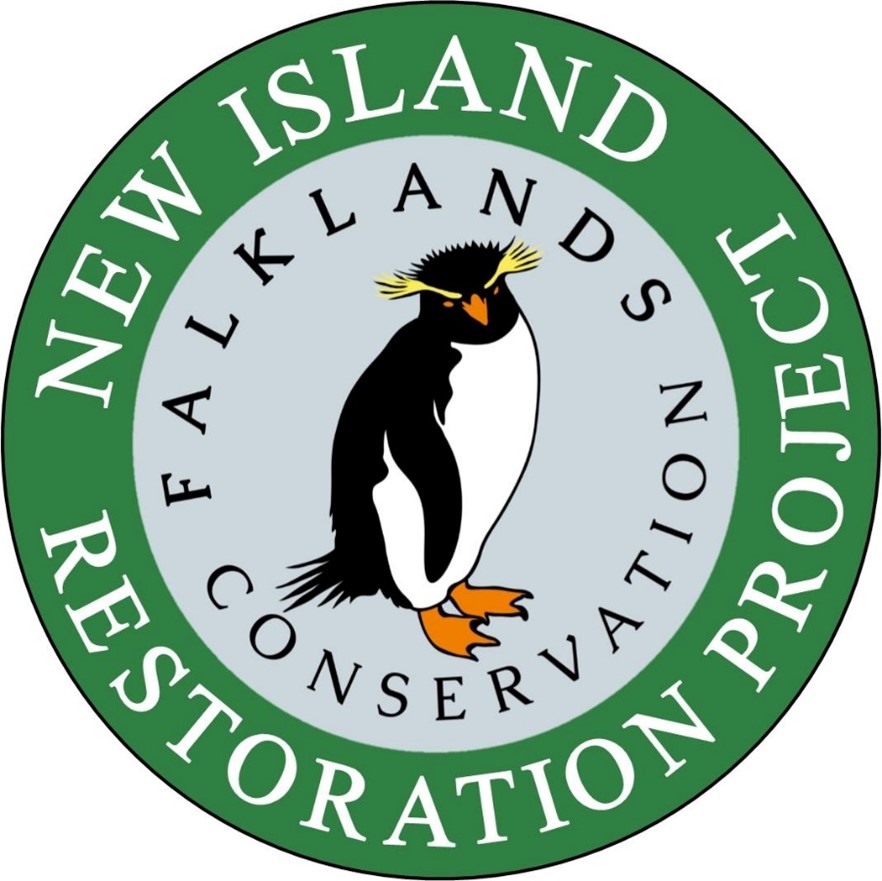
 A Grey-headed Albatross of the South Atlantic; photo by Richard Phillips
A Grey-headed Albatross of the South Atlantic; photo by Richard Phillips